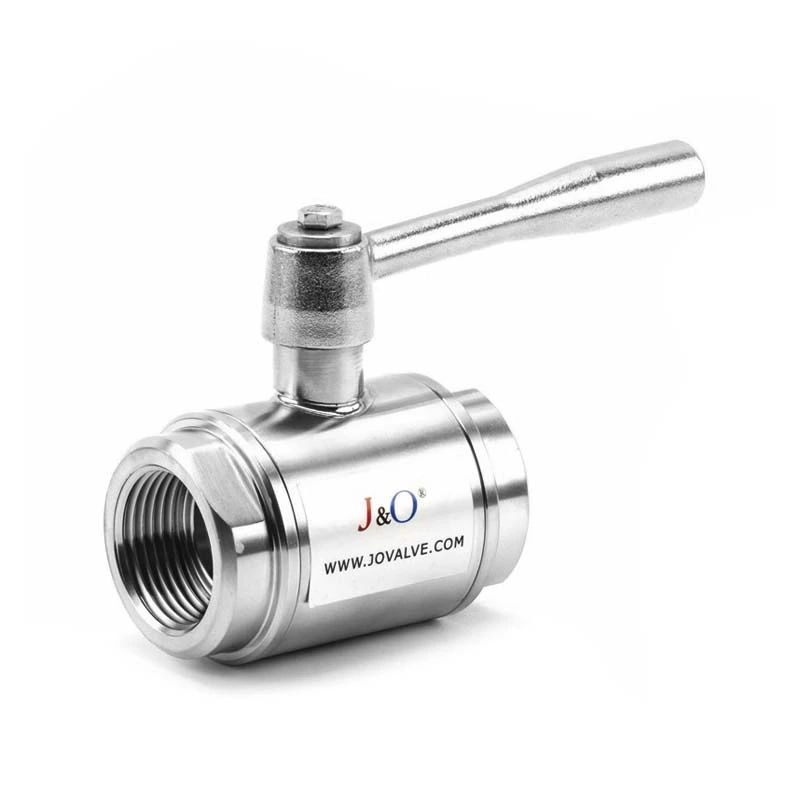How To Select A Sanitary Valve
Selecting a Sanitary Valve that meets your requirements requires careful consideration of both performance data and practical application scenarios. From laboratory microdispensing to chemical batch production, selection must focus on core indicators.
Confirm the basic parameters of the controlled fluid. The fluid's inherent properties directly influence the valve material selection. Corrosive media such as hydrochloric acid and organic solvents require valves made of PTFE or Hastelloy. High-viscosity fluids such as glycerin are more suitable for valves with internal agitation. The rated pressure must be 20%-30% higher than normal operating conditions to avoid overpressure risks. Cyclic testing of high-temperature fluids requires that the sealing component's temperature resistance parameters cover the upper limit of the operating environment. For example, nickel-based alloys are more robust in steam environments. The flow adjustment range must cover the maximum and minimum values required, with a 10%-15% margin to account for abnormal increases.
Verify the adjustment accuracy error threshold. Medical microflow devices can tolerate an error of 1 microliter, while spraying machines are required to maintain a spray volume error of less than 2% for 30 seconds. Check whether the manufacturer's resolution specifications are suitable for the volume control task. For example, 10 precise gears are more worry-free than linear control for step-by-step dosing. Digital valves with built-in encoders offer advantages in multi-stage control applications.
Pay attention to service life and stability parameters. Medical devices perform 25 reciprocating motions per operation, and the mechanical life of the valve should reach 50,000 cycles. Sanitary valves must withstand repeated sterilization in high-temperature, moist heat, and a product life test report may be required during the quotation stage. Mechanical valves in fire sprinkler systems must undergo on-site pressure testing. Compare the fluctuations in displacement sensor readings over five full opening and closing cycles. The fluctuation should not exceed 150% of the nominal parameters.
Evaluate the integration cost of the supporting control and monitoring systems. Products requiring process monitoring must be equipped with position sensors, using RS485 or CAN bus for data communication. Self-priming devices are sensitive to dynamic vacuum pressure, so select adjustment components that simulate the full flow pattern of the inlet chamber. If the system requires multi-speed regulation, an expandable control module is more advantageous. When selecting a motor servo system, consider startup smoothness to avoid sudden flow fluctuations caused by the hydraulic hammer effect. Prioritize the manufacturer's professional technical support and flexible service. Key indicators must be tested under the purchaser's operating conditions before acceptance. For example, solenoid valves must be subjected to 48 hours of stability observation in actual fluids. If a diaphragm wears out three years after the equipment is commissioned, the availability of a replacement within 12 hours should be documented in the quality assurance document. For suppliers of long-term chemical plant components, examining their five-year spare parts inventory system is more valuable than the initial purchase price.
Prevent common purchasing errors. Imported valves may offer higher inspection accuracy, and domestic manufacturers may have distinct advantages in terms of delivery time and price. Be wary of the wear and tear associated with aluminum alloy gears with a nominal 2mm free travel. A powder metallurgy process for the same design may cost 100% more but triple the lifespan. Some chemical processes are more suitable for a periodic replacement model, and developing a spare parts management plan is also a way to reduce costs. When comparing models, focus on evaluating the total lifecycle maintenance cost factor to avoid overlooking hidden costs.
